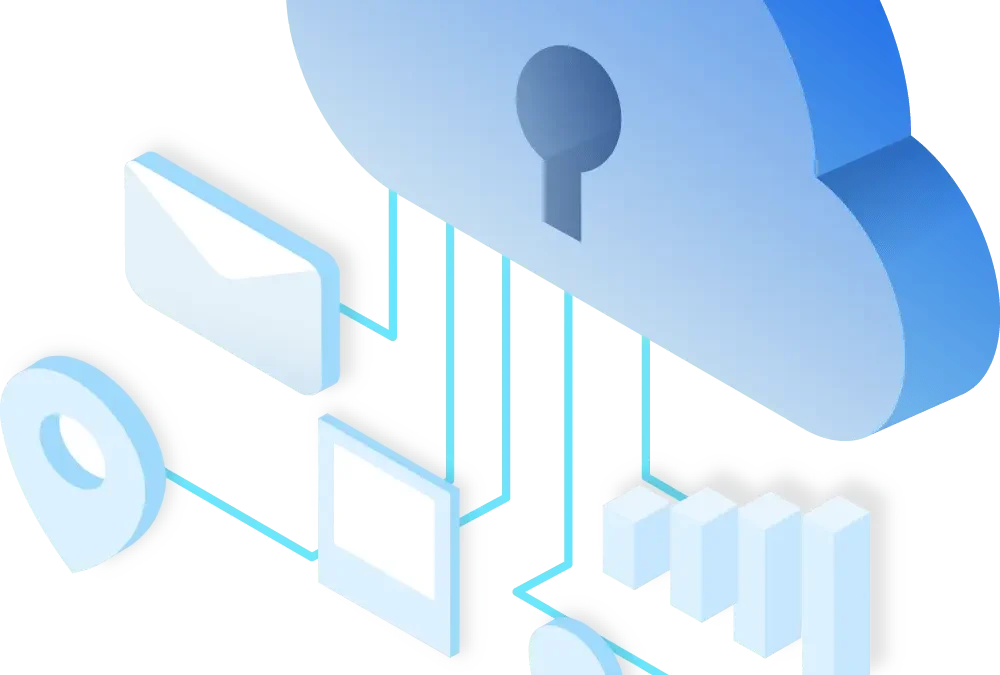LDAP Authentication with Ozdentity
In today’s enterprise environments, organizations often rely on legacy protocols like LDAP (Lightweight Directory Access Protocol) to manage user credentials in on-premises Active Directory systems. At the same time, modern identity and access management solutions have become essential for securing applications and data. Ozdentity offers a fully functional, on-premise Identity Provider (IDP) that provides advanced features similar to cloud-based solutions—but without relying on any external identity providers. This article explains how LDAP authentication can be integrated with an on-premise Ozdentity IDP, enabling clients to authenticate users using their existing LDAP credentials while enjoying powerful IDP features.
Introduction
LDAP has long been used for centralized directory services and authentication in legacy environments. In contrast, modern IDPs provide additional capabilities like single sign-on (SSO), multifactor authentication (MFA), and detailed access management. With Ozdentity, organizations can deploy a robust IDP on-premises, giving them full control over authentication and user management without external dependencies. This integration enables organizations to:
-
- Leverage Existing Infrastructure: Use on-premises LDAP/Active Directory systems for authentication.
- Enhance Security: Benefit from Ozdentity’s advanced security features—such as MFA and conditional access—without moving user credentials to the cloud.
- Improve Performance: Import user accounts and attributes from LDAP into Ozdentity for faster lookups and more efficient access management.
- Maintain Full Control: Enjoy a fully on-premises solution with predictable costs and compliance with local regulations, as detailed on Ozdentity’s pricing page.
Understanding LDAP and Ozdentity
What is LDAP?
LDAP is a protocol used to access and maintain directory information services. It plays a critical role in:
-
- User Authentication: Validating user credentials stored in centralized directories.
- Directory Lookups: Retrieving information about users, groups, and organizational units.
- Legacy Integration: Providing a common interface for older systems and applications that require directory services.
What is Ozdentity?
Ozdentity is a comprehensive Identity Provider designed to modernize authentication while keeping data local. Its key features include:
-
- Single Sign-On (SSO): Seamlessly authenticate users across multiple applications.
- Advanced Security: Offers multi-factor authentication, adaptive access control, and granular permission management.
- User and Group Synchronization: Imports user accounts and attributes from existing LDAP/Active Directory servers to optimize performance.
- Customizability: Provides extensive options to tailor authentication flows, claim mapping, and security policies.
- On-Premises Deployment: Clients install Ozdentity on their own servers, ensuring full control over their identity data without relying on external cloud providers.
Why Integrate LDAP with Ozdentity?
Benefits:
-
- Seamless Hybrid Identity: Organizations can authenticate users against their existing on-premises LDAP/Active Directory, while Ozdentity provides a modern IDP interface and advanced security policies.
- Enhanced Security: Ozdentity’s security features—such as MFA and conditional access—can be applied to users authenticated via LDAP, ensuring legacy systems are protected against modern threats.
- Centralized Identity Management: By synchronizing LDAP data with Ozdentity, organizations can consolidate user, role, and group management into one system while maintaining on-premises control.
- Improved User Experience: End users benefit from SSO across applications, as well as the streamlined experience provided by a modern on-premises IDP, similar to the experience seen in enterprise suites like Office365.
Implementing LDAP Authentication with Ozdentity
Architectural Overview
The integration typically involves an LDAP Connector that acts as a bridge between the on-premises LDAP/Active Directory and the Ozdentity IDP.
Key Components
- LDAP Connector:
- A lightweight Connector to the client’s network.
- Listens for LDAP bind requests from client applications.
- Forwards authentication requests to Ozdentity and, upon success, relays the result back to the LDAP-enabled application.
- Optionally synchronizes user attributes and group memberships from LDAP to Ozdentity.
- Ozdentity IDP:
- Fully hosted on-premises, providing a secure and feature-rich identity platform.
- Handles token issuance, SSO, and advanced access policies.
- Communicates with the LDAP Connector to validate credentials without replicating passwords in the cloud.
- Supports detailed claim mapping and synchronization for improved performance.
- Client Applications:
- Legacy or modern applications that authenticate via LDAP.
- Continue to use LDAP protocols while benefiting from modern security features provided by Ozdentity.
Authentication Flow
-
- User Login: A user enters their LDAP credentials on an application that communicates through LDAP Connector.
- LDAP Connector Request: The Connector intercepts the LDAP bind request, extracts the credentials, and forwards them to the Ozdentity IDP via a secure REST API or OpenID Connect flow.
- Credential Verification: Ozdentity validates the credentials against the on-premises LDAP/Active Directory. If successful, it issues an authentication token and returns a success response to the LDAP Connector.
- Authentication Outcome: The LDAP Connector then sends an LDAP bind success response back to the client application.
Additionally, user attributes and group information may be synchronized to Ozdentity for improved performance and more granular access control.
Conclusion
Integrating LDAP authentication with an on-premise Ozdentity IDP provides a robust solution for organizations that want to leverage their existing LDAP/Active Directory infrastructure while adopting modern identity and access management practices. This approach delivers seamless SSO, enhanced security, and centralized user management—all while keeping sensitive credentials within the client’s controlled environment.
By using a lightweight LDAP Connector that bridges LDAP and Ozdentity, organizations can enjoy a user experience similar to leading enterprise platforms, without the dependency on external identity providers. This not only modernizes authentication but also provides flexibility, security, and control over identity management.

